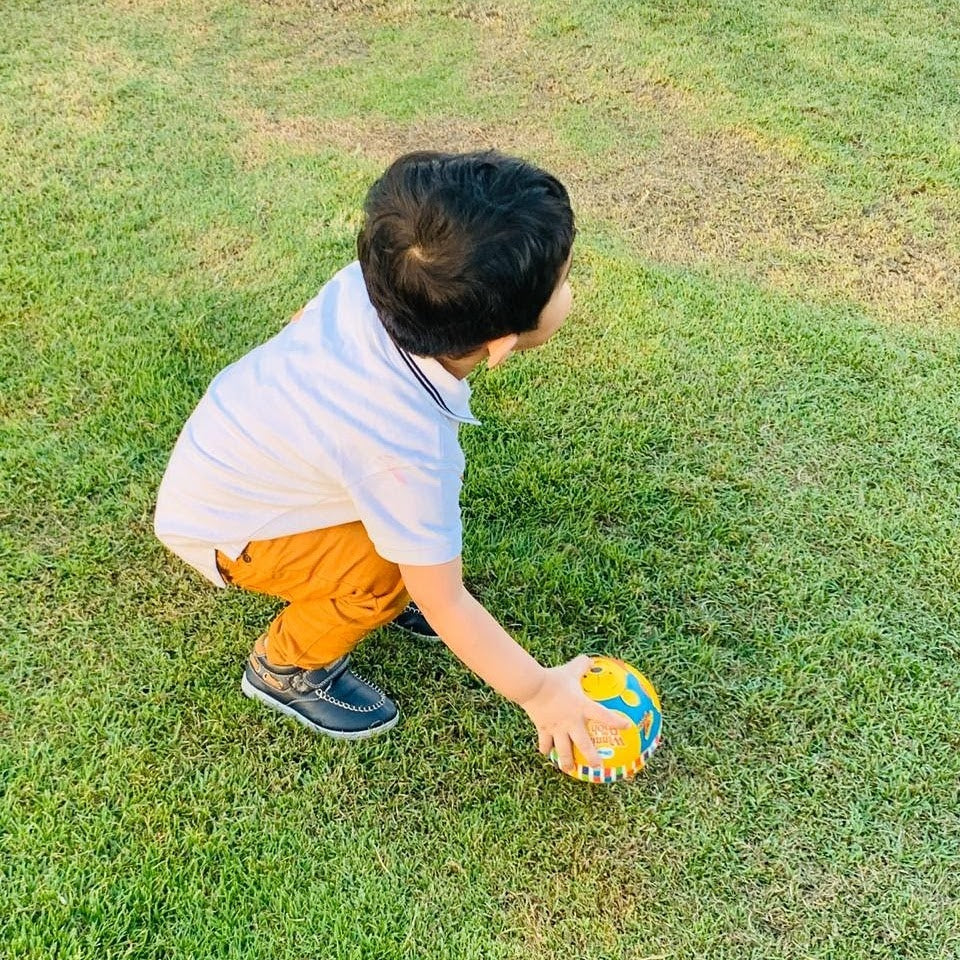
What’s the deal about Montessori?
“It’s absolutely divine”, I would say.
“You mean Montessori? C’mon!”
And because this is a common reaction from anyone who hears me rave about the Montessori philosophy, what follows ahead is my effort to break down the heavy-duty word of Montessori into tiny bite sized chunks that should make more sense. Let's see.
You might be Montessori if you:
1. Believe that children should be respected like any other adult because they are capable human beings from birth — we just need to uncover their natural drive towards gaining independence.
2. Let them help you with errands around the house — even when it all ends up in a giant big mess or takes longer.
3. Empathize and validate their feelings instead of dismissing them — It can be something as simple as saying ‘I understand you are upset; do you want a hug?”
4. Engage them in conversations instead of baby-talk — but also stay quiet when you see them giving something their full attention.
5. Collect trays and baskets to display their toys — so they are naturally inclined towards play.
6. Choose a simple toy instead of one that talks or lights up — primarily because such toys don’t engage the child and instead do the work for them. Simple toys like blocks, balls or even some silk scarves invite the child to build, explore and pretend which is the foundation of learning through play.
“You mean Montessori? C’mon!”
And because this is a common reaction from anyone who hears me rave about the Montessori philosophy, what follows ahead is my effort to break down the heavy-duty word of Montessori into tiny bite sized chunks that should make more sense. Let's see.
You might be Montessori if you:
1. Believe that children should be respected like any other adult because they are capable human beings from birth — we just need to uncover their natural drive towards gaining independence.
2. Let them help you with errands around the house — even when it all ends up in a giant big mess or takes longer.
3. Empathize and validate their feelings instead of dismissing them — It can be something as simple as saying ‘I understand you are upset; do you want a hug?”
4. Engage them in conversations instead of baby-talk — but also stay quiet when you see them giving something their full attention.
5. Collect trays and baskets to display their toys — so they are naturally inclined towards play.
6. Choose a simple toy instead of one that talks or lights up — primarily because such toys don’t engage the child and instead do the work for them. Simple toys like blocks, balls or even some silk scarves invite the child to build, explore and pretend which is the foundation of learning through play.